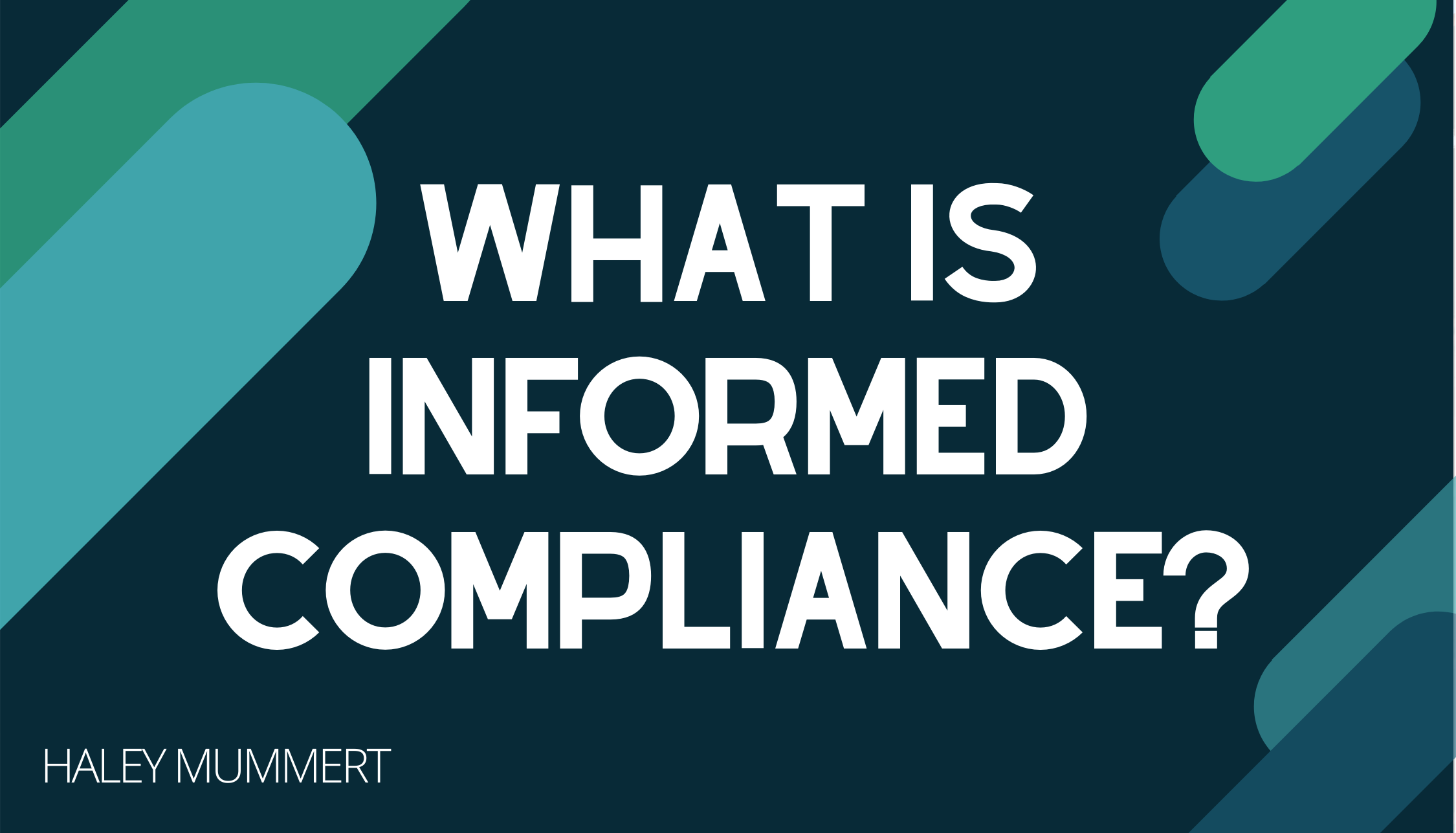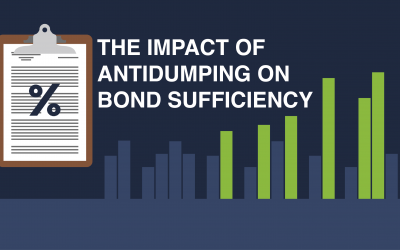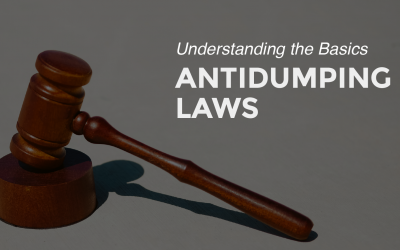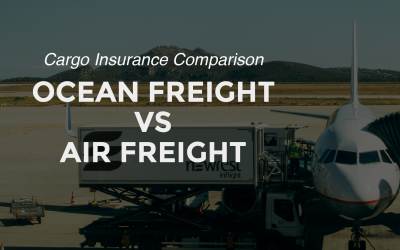Informed compliance is a shared responsibility between Customs and Border Protection (CBP) and the import community. CBP communicates its requirements to the trade, people, and businesses subject to conducting their regulated activities under U.S. laws and regulations.
Implemented by U.S. Customs in the ’90s, informed compliance involves educating importers on the methods for classifying and assigning value to merchandise as well as ensuring familiarity with U.S. Customs laws and regulations.
Informed compliance benefits both parties. When voluntary compliance is attained, compliant importers are less likely to have their shipments examined or their entries reviewed. CBP resources don’t need to be used for redundant examinations or entry reviews for importers whose cargo is dependably compliant.
CBP issues informed compliance publications on a variety of subjects and processes. It is strongly recommended that importers assure they are using the latest versions of these publications.
Exercising Reasonable Care
A significant component of informed compliance is that importers are expected to exercise reasonable care in their importing operations. Section 484 of the Tariff Act requires an importer to use reasonable care to make entry by filing necessary information for CBP to determine if the merchandise may be released from CBP custody.
Importers must then complete the entry by submitting the declared value, classification, rate of duty, and other information for CBP to properly assess duties and determine if all requirements are met.
Since facts and circumstances surrounding every import transaction differ, from the experience of the importer to the nature of the merchandise being imported, there is no reasonable care checklist capable of covering every import transaction. However, CBP has provided recommendations to help importers exercise reasonable care, which we will further discuss.
Importers should consider the following in all transactions:
- If you have not retained an expert like a lawyer, customs broker, accountant, or consultant to help you comply with CBP requirements, be sure you have access to and review the CBP Regulations, Harmonized Tariff Schedule, and CBP Bulletin and Decisions.
- Have a knowledgeable individual within your organization review your CBP documentation to certify that it is complete and accurate. If the documentation was prepared outside your organization, get copies of the information submitted to CBP for review.
- If you use an expert to help you comply with CBP requirements, discuss your importations in advance with them and provide them with accurate information about the import transaction.
- If identical transactions or merchandise is handled differently at different ports or CBP offices within the same port, bring this to CBP’s attention.
- Ensure that every document which might need to be recalled for CBP’s review is available, updated, and accurate.
- Obtain a ruling from CBP regarding the admissibility of your goods, follow the ruling, and bring it to CBP’s attention. Ruling requests may be submitted electronically.
- Assure that your merchandise complies with other agency requirements, like the FDA or FTC, before or upon entry, and include any necessary licenses or permits.
- Determine if your goods are subject to an antidumping or countervailing duty investigation or determination, and verify compliance with customs reporting requirements upon entry.
- Find out if your merchandise is subject to quota and/or visa requirements, and if so, provide a correct visa or another document for the goods upon entry.
- Know how the goods are made, from raw materials to finished products, by whom and where.
- Establish that you have the right to make entry.
Merchandise Description & Tariff Classification
Part of informed compliance is providing an accurate description and classification of merchandise. Importers must know what they ordered, where it was made, how it was made, and what it is made of. Accurately describing and classifying goods can save an importer a lot of money and hassle.
- Provide a complete and accurate description of your merchandise to CBP.
- Provide a correct tariff classification of your merchandise to CBP.
- If you are claiming a conditionally free or special tariff classification for your merchandise (Ex: GSP, NAFTA), verify that it qualifies for that status. Obtain any required or necessary documentation to support the claim.
Valuation
Customs valuation is a procedure to determine the customs value of imported goods. Importers need to know the price paid or payable for their merchandise and provide CBP with a proper declared value for their merchandise.
- Be sure to know the terms of sale. This includes rebates, tie-ins, indirect costs, additional payments, whether assists were provided, and whether commissions or royalties are paid.
- Consult the customs valuation encyclopedia to assist you in valuing merchandise.
- Have documents from the import transaction ready for CBP review, including purchase orders, invoices, sales agreements, shipping documents, and proof of payment.
- Ensure that all of the legally required costs or payments associated with the imported merchandise have been reported to CBP.
- If you are declaring a value based on a transaction in which you are not the buyer, prove that the transaction is a bona fide sale and that the merchandise was destined to the United States at the time of sale.
- If you are claiming a conditionally free or special tariff classification for your merchandise, report the required value information, and obtain any required or necessary documentation to support it.
Country of Origin, Marking, and Quota
Importers should be aware of the country of origin, proper markings, and import quotas for their imported merchandise.
- Report the correct country of origin on customs entry documents. Additional information regarding country of origin marking requirements may be found in this CBP Publication.
- Verify that the merchandise is marked correctly upon entry with the correct country of origin. Communicate country of origin marking requirements to your foreign supplier before importing your merchandise. Information regarding special marking requirements may be found in CBP’s informed compliance publications.
- If you are claiming a change in the origin of the merchandise or claiming that the goods are of U.S. origin, take the required measures to substantiate your claim.
- Check the CBP Quota Enforcement and Administration website, as well as this CBP publication about quotas.
- Check commodity status reports and quota bulletins issued by CBP to determine if your goods are subject to a quantitative restriction and whether the limit has been filled.
- Determine if your goods are subject to visas, licenses, permits, or certificates (LPCs).
Intellectual Property Rights
Importers must determine if their merchandise or its packaging bears or uses any trademarks or copyrighted matter or is patented. If so, they must have a legal right to import and use those items in the United States.
- If you are importing goods or packaging bearing a trademark registered in the United
States, verify that it is genuine and not restricted from importation under the gray-market or parallel import. - If you are importing goods or packaging containing registered copyrighted material, verify that it is authorized and genuine.
- If you are importing goods that have been refurbished or remanufactured, have documentation detailing the remanufacturing process.
Forced Labor
Importers should confirm that imported goods are not produced wholly or in part with convict labor, forced labor, or indentured labor.
- Conduct periodic internal audits to check for forced labor in your supply chain or have a third-party auditor familiar with evaluating forced labor risks conduct unannounced audits of your supply chain for forced labor.
- Review the International Labour Organization’s “Indicators of Forced Labour” booklet.
- Vet new suppliers or vendors for forced labor risks through questionnaires or other means.
- Assure that contracts with suppliers include terms that prohibit the use of forced labor, a time frame to take corrective action if forced labor is identified, and result if corrective action is not taken, such as terminating the contract.
